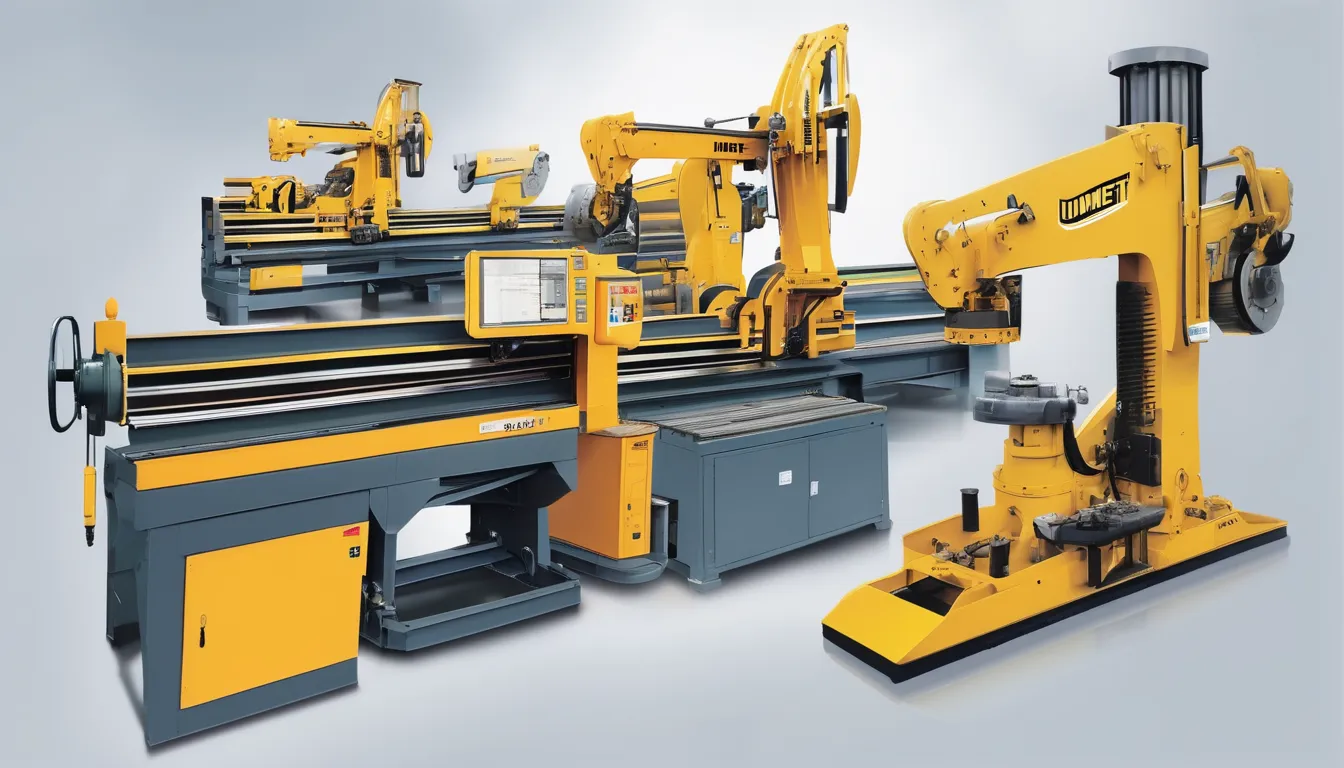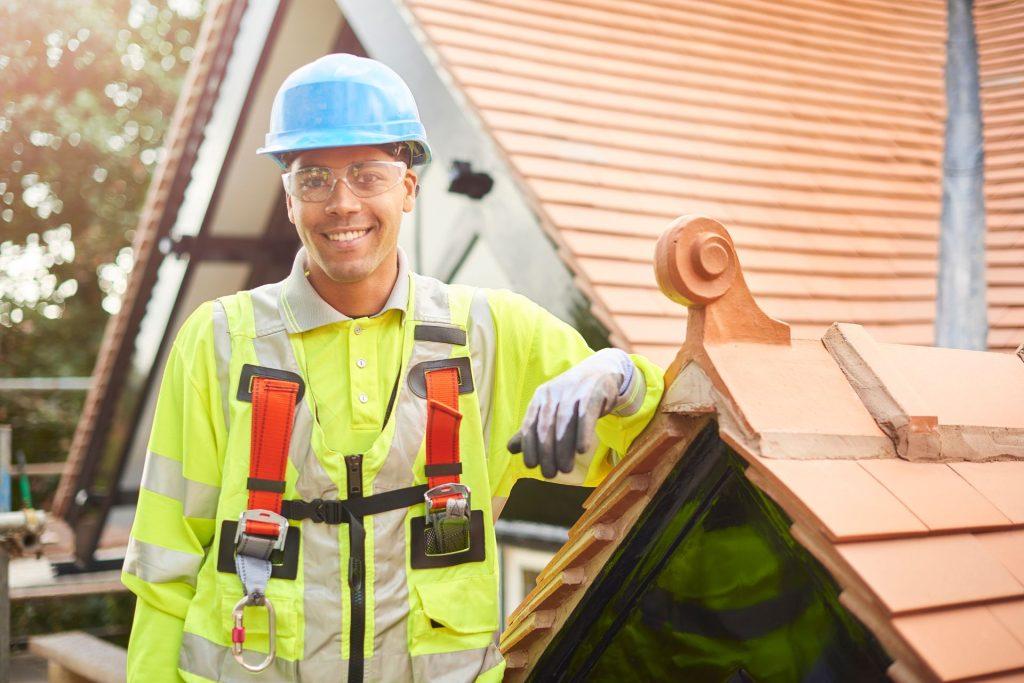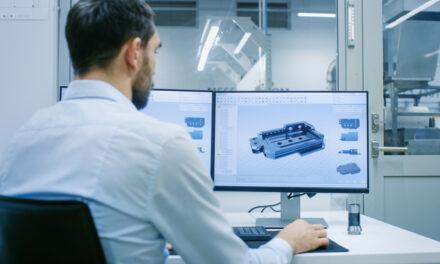When it comes to sourcing machinery for your operations, have you ever considered the environmental impact of your choices? Opting for used equipment can offer more than just cost savings; it can also play a vital role in promoting sustainability and reducing waste. But how exactly does buying used machinery contribute to a greener future? Let’s explore the environmental benefits and long-term implications of this eco-friendly decision.
Environmental Benefits of Buying Used
When buying used machinery, you aren’t just saving money; you’re also contributing to environmental sustainability. By opting for pre-owned equipment, you’re helping to reduce the demand for new manufacturing, which in turn decreases the need for additional raw materials and energy consumption. This choice leads to a lower carbon footprint as the production of new machinery often involves significant energy expenditure and emissions.
Additionally, when you purchase used equipment, you’re extending its lifespan and preventing it from ending up in landfills prematurely. This practice promotes a circular economy where resources are utilized efficiently and waste is minimized.
Furthermore, buying used machinery can inspire manufacturers to adopt more sustainable practices, encouraging the industry as a whole to prioritize environmental conservation. Your decision to invest in second-hand machinery not only benefits your business financially but also plays a crucial role in safeguarding the planet for future generations.
Cost Savings and Sustainability
Opting for used machinery not only saves you money upfront but also aligns with sustainable practices, benefiting both your business and the environment. When considering cost savings and sustainability, buying used machinery can offer significant advantages:
- Lower Initial Investment: Used machinery is typically priced lower than new equipment, allowing you to acquire essential tools for your business at a more affordable cost.
- Reduced Depreciation: New machinery depreciates rapidly in value, whereas used equipment retains its worth better over time, providing a more stable investment option.
- Energy Efficiency: Older machinery can be retrofitted with energy-efficient upgrades, reducing energy consumption and operational costs while minimizing your business’s environmental impact.
Extending Machinery Lifespan
To maximize the longevity of your machinery, proactive maintenance and regular servicing are essential. By staying ahead of wear and tear, you can prevent breakdowns and extend the lifespan of your equipment. Implementing a routine maintenance schedule, including inspections, lubrication, and parts replacement when needed, can significantly reduce the risk of unexpected failures. Be sure to follow manufacturer guidelines for maintenance procedures and intervals to keep your machinery running smoothly.
Additionally, proper training for operators on correct equipment usage 中古工作機械買取り handling can help prevent unnecessary strain and damage. Encouraging a culture of care and responsibility among your team members can go a long way in preserving the condition of your machinery.
Regularly cleaning equipment, storing it properly, and addressing any issues promptly can also contribute to extending its lifespan.
Reduced Carbon Footprint
To reduce the carbon footprint associated with your machinery operations, implementing energy-efficient practices and technologies is key. By choosing used machinery, you’re already taking a step in the right direction. Here are three ways to further reduce your carbon footprint:
- Energy Audits: Conduct regular energy audits to identify areas where energy is being wasted. Implementing energy-saving measures based on these audits can significantly reduce your machinery’s carbon footprint.
- Renewable Energy Sources: Consider powering your machinery with renewable energy sources such as solar or wind power. This switch can greatly decrease the carbon emissions produced during operation.
- Maintenance and Upkeep: Regular maintenance not only prolongs the lifespan of your machinery but also ensures that it operates at peak efficiency. Well-maintained machinery consumes less energy, leading to a decreased carbon footprint overall. By incorporating these practices, you can make a substantial impact on reducing the environmental footprint of your machinery operations.
Circular Economy Impact
Considering the circular economy impact when buying used machinery is crucial for promoting sustainability in your operations. By opting for pre-owned equipment, you contribute to the circular economy by extending the lifespan of products and reducing waste. When you purchase used machinery, you prevent it from ending up in a landfill prematurely, thus conserving resources and energy required to manufacture new equipment.
Additionally, buying used machinery promotes a more efficient use of materials and resources, aligning with the principles of a circular economy where products are reused and repurposed to minimize environmental impact.
Embracing the concept of a circular economy through your purchasing decisions not only benefits the environment but also supports a more sustainable business model. By investing in used machinery, you actively participate in the circular flow of resources, reducing the need for constant extraction of raw materials.
This shift towards a circular economy mindset can lead to cost savings, improved resource efficiency, and a positive environmental impact within your operations.
Frequently Asked Questions
Do Used Machines Come With a Warranty?
Yes, used machines can come with a warranty. Check with the seller for specific details. It’s essential to ensure that the warranty covers the necessary components and duration to protect your investment effectively.
How Can I Ensure the Quality of Used Machinery?
To ensure the quality of used machinery, thoroughly inspect it for wear, test its functionality, and request maintenance records. Ask for a warranty if available. Buying from reputable sellers and conducting research can also help.
What Are the Common Risks of Buying Used Equipment?
When buying used equipment, be cautious of potential risks such as hidden defects, limited warranties, and outdated technology. Inspect thoroughly, ask for maintenance records, and consider the overall condition to make a wise purchase decision.
Are There Any Specific Regulations for Buying Used Machinery?
When buying used machinery, ensure compliance with regulations. Check local laws on safety standards, environmental impact, and equipment certifications. Before purchasing, verify that the used machinery meets all necessary requirements to avoid potential legal issues.
How Can I Find Reputable Sellers of Used Machinery?
To find reputable sellers of used machinery, you should research online marketplaces, visit industry trade shows, and ask for recommendations from colleagues. Always inspect the equipment in person and verify the seller’s reputation before buying.
Conclusion
In conclusion, opting for used machinery is not only a cost-effective choice but also a sustainable one. By buying pre-owned equipment, you are contributing to environmental conservation by reducing waste, energy consumption, and carbon emissions. Embracing this eco-friendly approach to equipment procurement not only benefits your bottom line but also helps to protect our planet for future generations. Make the smart choice and go green with used machinery!






